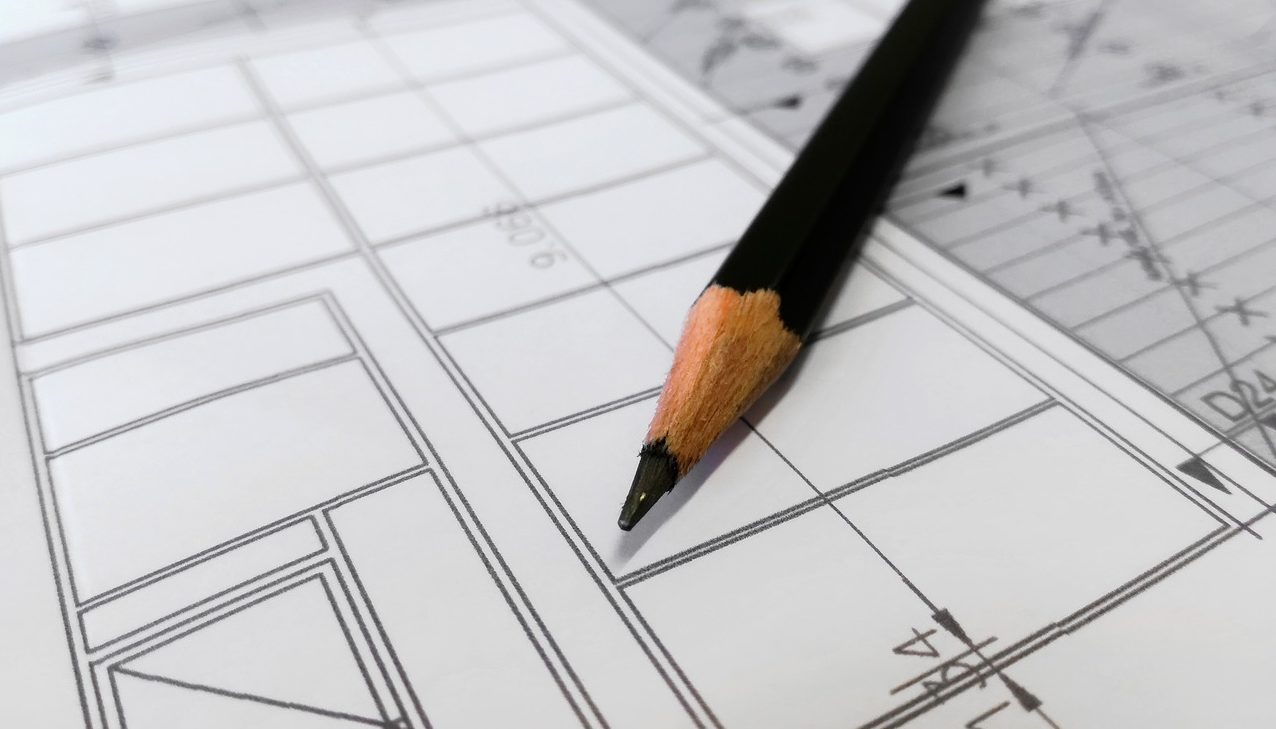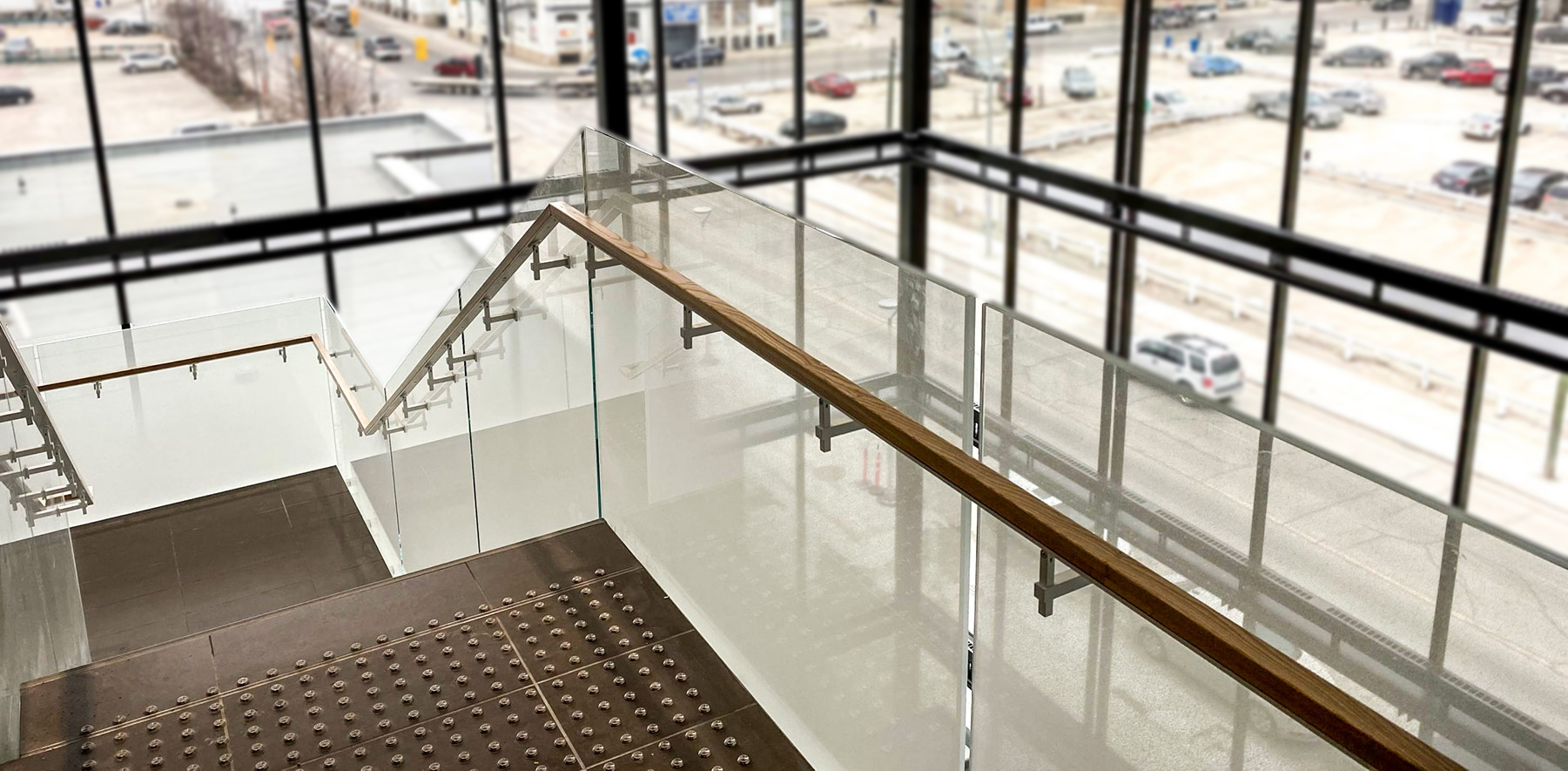

Highlights
- Digitization can be used for hard-to-illustrate drawings such as custom stairways, canopies, shower enclosures, marine, shelving, and specialty equipment.
- Template materials should be rigid, so they can be laid flat for digitizing. The template must also be flat — without any protrusions on the back such as reinforcing wood or screwheads.
- Do not expose any wood templates to moisture, as this can warp the template.
- It can be used for IG units or laminated glass along with Frit or Opaci applications.
Capabilities
- The maximum template size is 96” x 192”
- For anything longer than 48” x 48” we recommend the template to be cut to size on Coroplast, MDF board, or OSB Board or similar rigid materials.
- If the template is smaller than 48” x 48” we recommend cardboard, paper (traced) or coroplast, MDF board, OSB Board, or similar materials.




